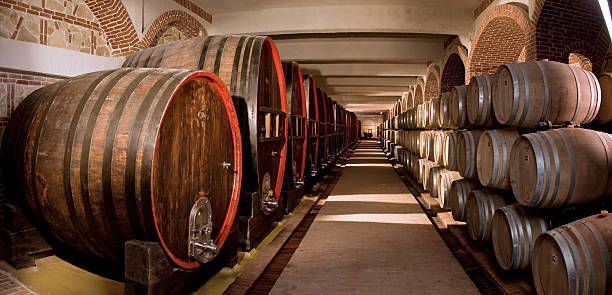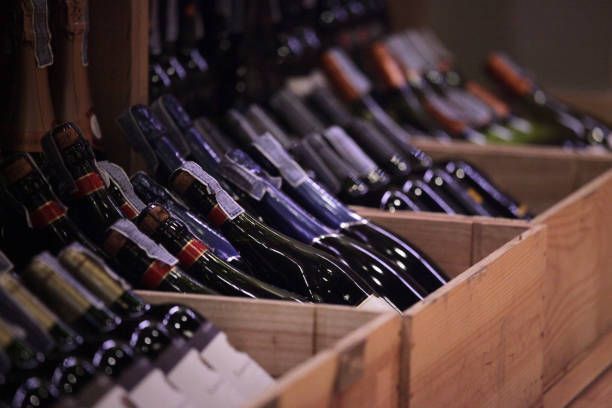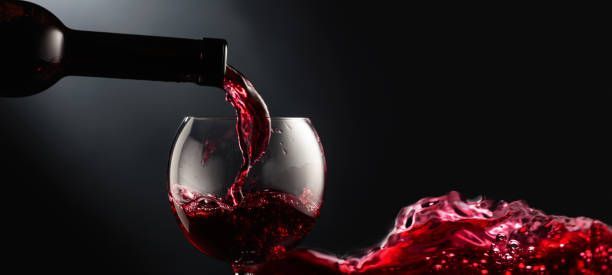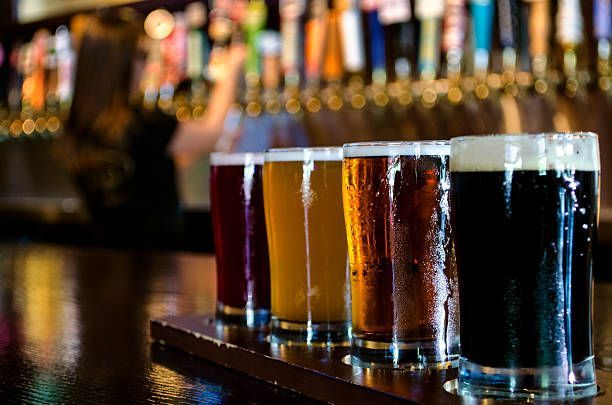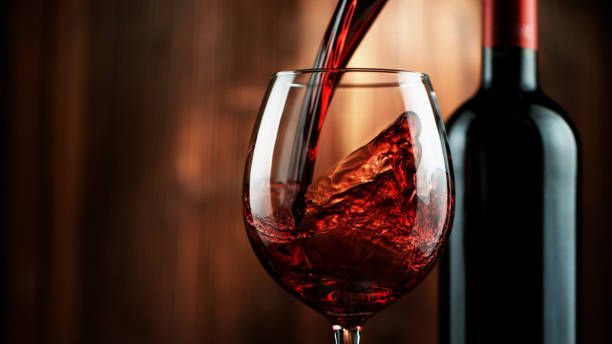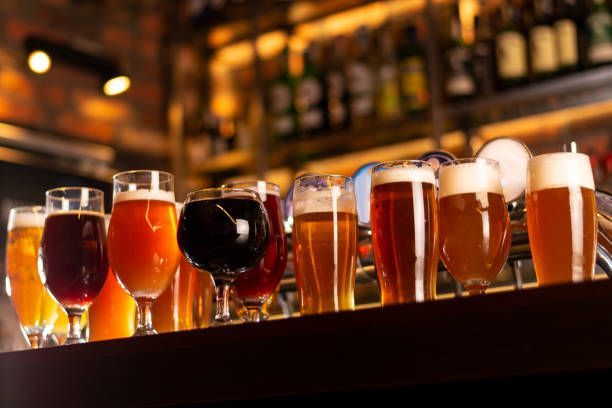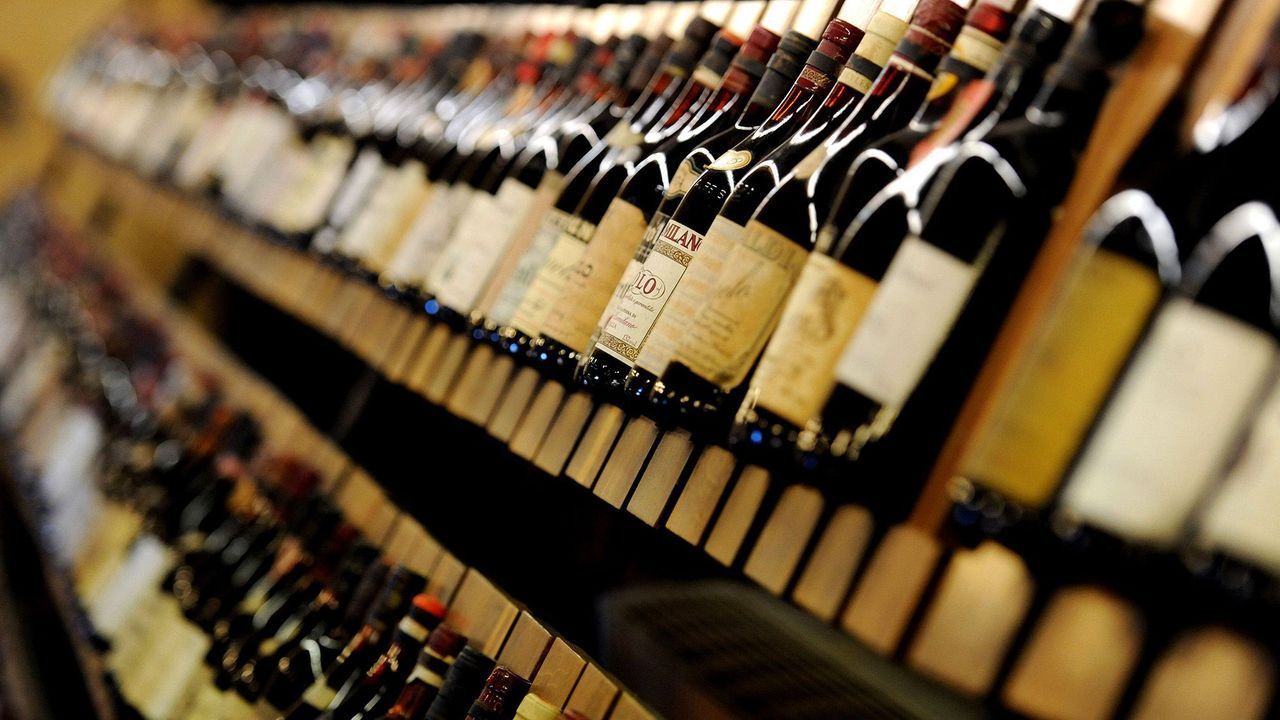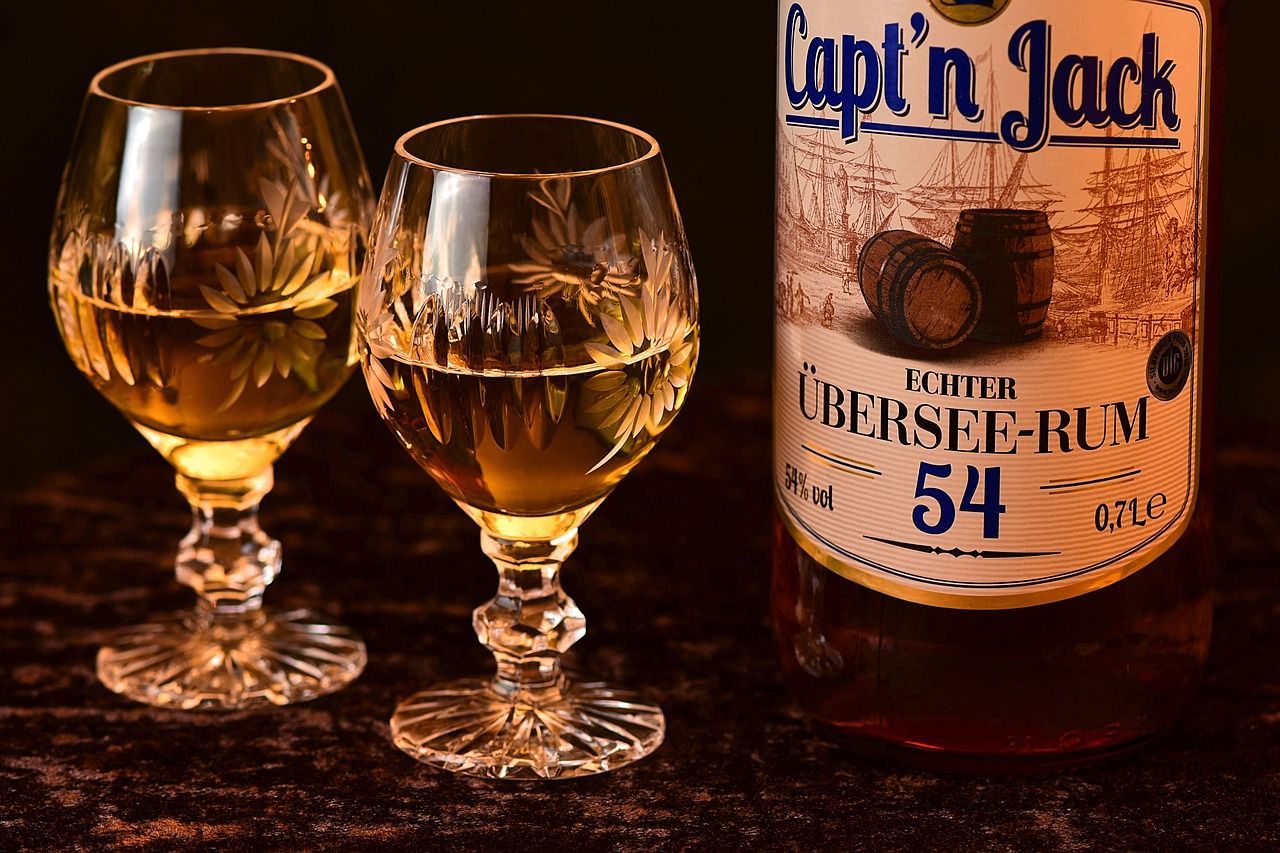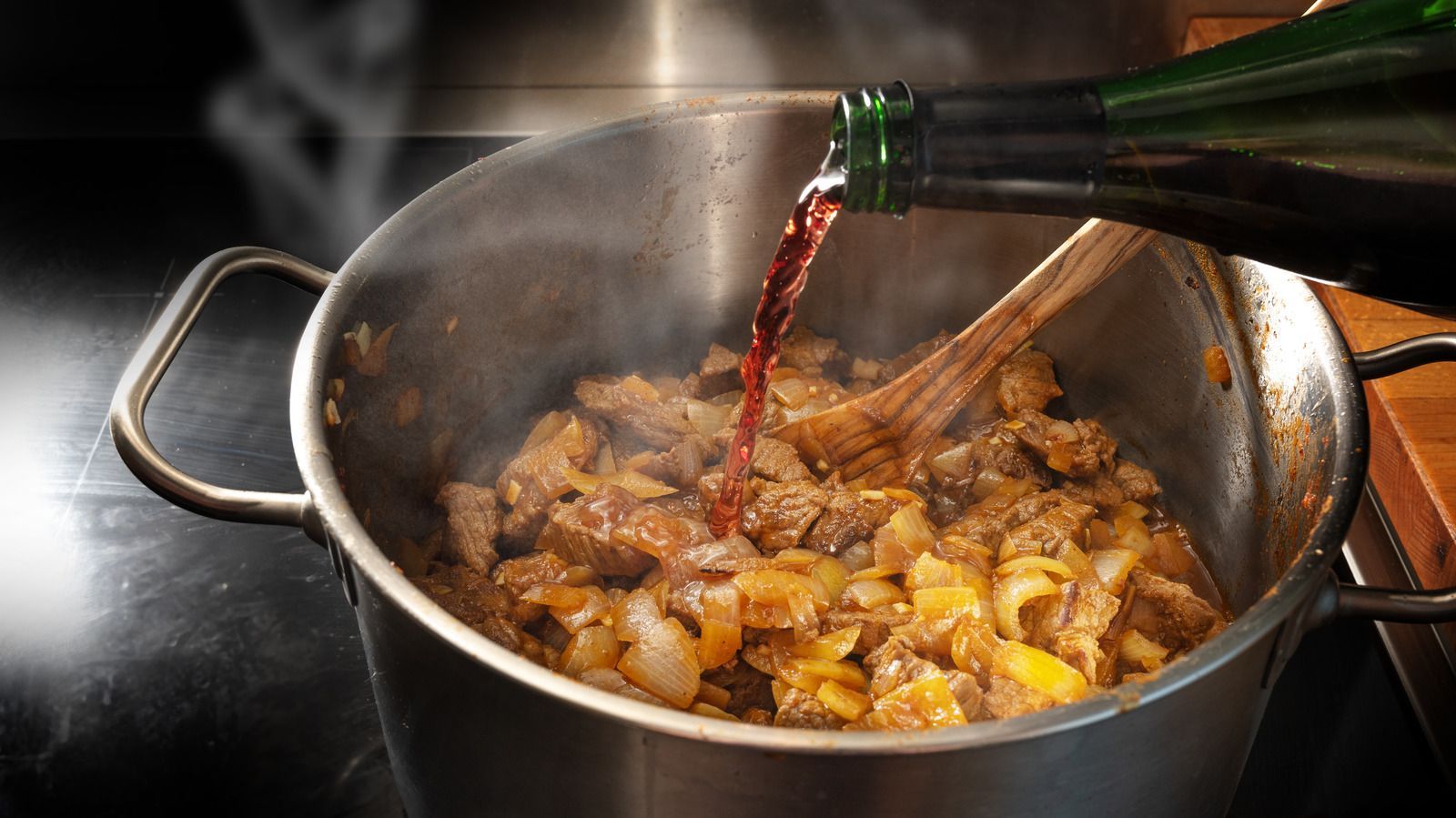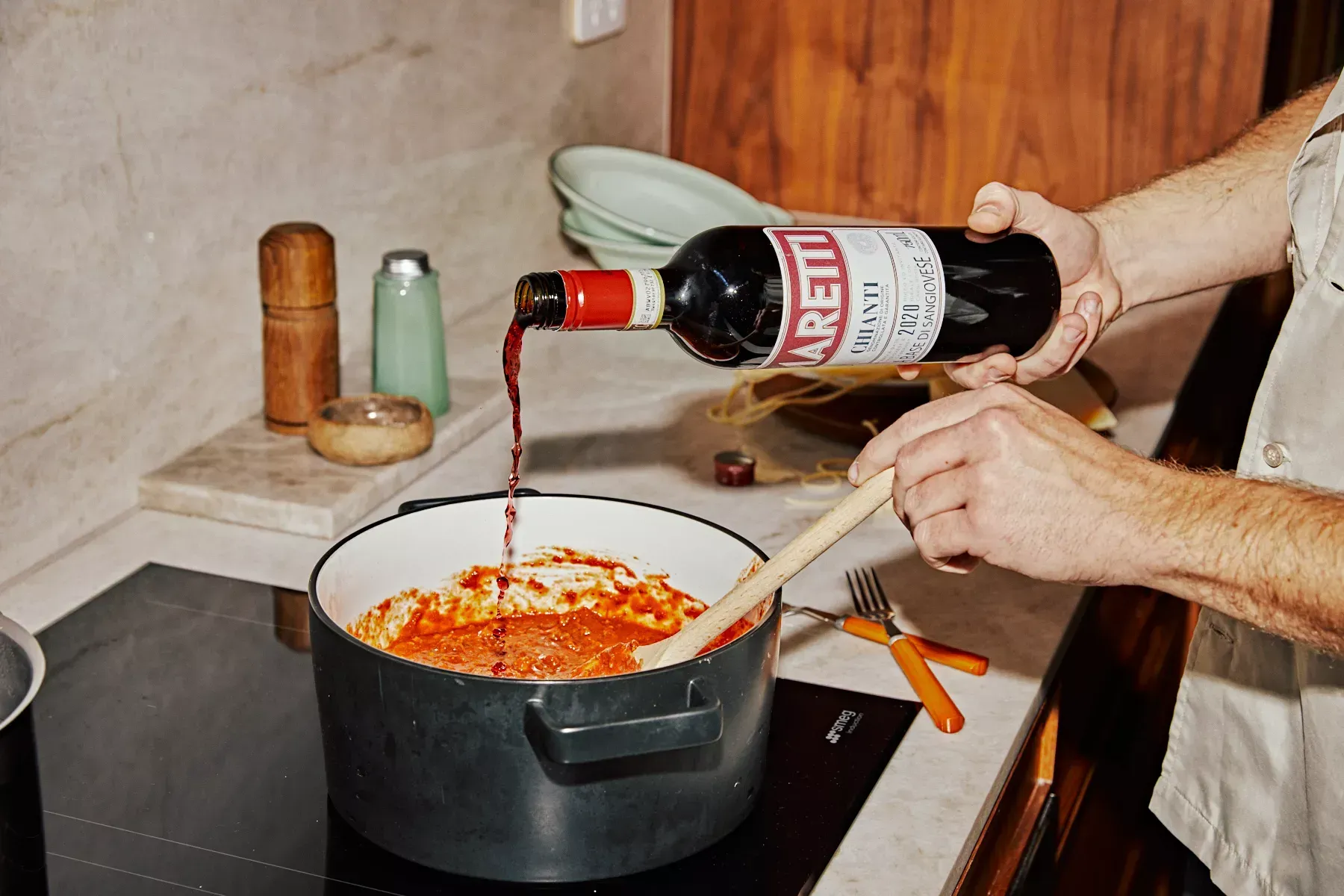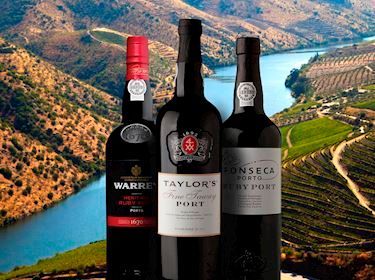Wine is a flexible component that can be added to dishes to improve their flavor. It's crucial to select a high-quality wine and stay away from cooking wines that have salt or added preservatives. In order to get the ideal flavor balance in a dish, selecting the proper wine is crucial. Let's look at the variations.
An Introduction to Cooking With Wine
Wine has long been a mainstay at romantic evenings and dinner parties, but it's also a vital component of many delectable and savory recipes. A common approach that can enhance the flavors of your meals and dazzle your dinner guests is cooking with wine. We'll delve into the world of wine-based cooking and its significance in producing delectable dishes in this blog post. We'll define the term "cooking with wine," discuss the advantages of doing so, as well as some potential drawbacks. So whether you're a seasoned cook or a novice, join us as we explore the world of cooking with wine and learn how this basic ingredient can turn your meals into delectable works of art.
Because it can offer a level of flavor that other components can't, wine is a crucial ingredient in cooking. Wine's acidity can also assist in softening and dissolving rough fibers in meat, making it more moist and tender. Wine's alcoholic content can also help other components' flavors stand out and be more distinct. A dish's flavors can also be balanced with wine by adding the appropriate amount of sweetness, bitterness, or acidity.
Wine can be used in cooking for a variety of reasons. Cooking with wine can help to improve flavors, making food more nuanced and fascinating. Wine can also assist in lowering the amount of salt required in a recipe since it can replace some of the saltiness with a savory umami flavor.
While there are numerous advantages to cooking with wine, there are also certain disadvantages to be aware of. One danger is that the wine's alcohol can catch fire when exposed to extreme heat. Cooking with wine over high heat requires caution, and it's best to avoid adding wine to a hot pan or flame. Another danger is that certain people can be allergic to the sulfites found in wine. It's crucial to avoid cooking with wine or to use sulfite-free wine if you have a sulfite allergy or are cooking for someone who does. To guarantee that the tastes are preserved, it's crucial to use high-quality wine when cooking. Using low-quality or spoiled wine can ruin the flavor of a dish and make it unappetizing.
Types of Wine Used in Cooking
Wine is a flexible component that can be added to dishes to improve their flavor. It's crucial to select a high-quality wine and stay away from cooking wines that have salt or added preservatives. In order to get the ideal flavor balance in a dish, selecting the proper wine is crucial. Let's look at the variations.
Red Wine
White Wine
White wine's acidity may give a crisp, refreshing flavor while helping to balance out recipes that are heavy on the cream and butter. It's vital to use a white wine with a strong acidity when cooking, like Sauvignon Blanc or Pinot Grigio. White wines that are sweet should not be used as they can overly sweeten food.
Rose Wine
Rose wine is a delicate and energizing choice that can give food a gentle fruity flavor. It's a terrific option for recipes that are light and summery, including salads and grilled veggies.
Fortified Wines
Do’s and Don’ts
When utilized properly, wine is a versatile component that can enhance the tastes of any dish. However, there are several crucial dos and don'ts to remember while cooking with wine to guarantee that your recipes turn out flawlessly every time. We'll discuss the dos and don'ts of cooking with wine in this blog post and how they can affect the flavor of your food.
Dos:
Choose the Right Wine for Your Dish
When cooking with wine, selecting the proper wine is essential. It's crucial to choose a wine that enhances the flavors of your cuisine because the wine's flavor can make or break your meal. White wine is better suited to seafood and poultry dishes than red wine, which is often used in robust and savory cuisine. Lighter wines, such as rose and sparkling wine, can give food a fruity or energizing flavor.
Use Wine Sparingly
In wine-based cookery, less is frequently more. A dish can taste harsh or acidic if there is too much wine added to it, which will dominate the other flavors. Use wine moderately; start with a little and increase as necessary. Just keep in mind that wine will diminish while it heats.
Cook with High-Quality Wine
The flavor of your cuisine can be substantially influenced by the wine you use during cooking. Always use high-quality wine that you would be happy to drink on its own and stay away from stale or poor wine. Using cooking wine, which frequently has salt and added preservatives, can also have a negative effect on the flavor of your food.
Add Wine at the Right Time
Timing is essential when using wine in cooking. Wine that is added too early in the cooking process may evaporate, depriving the dish of the wine taste. A strong or overwhelming flavor might emerge from adding wine too late. Wine is typically added midway during cooking, giving it time to reduce and integrate with the other flavors.
Use Wine to Deglaze Pans
Wine is a fantastic way to flavor a dish and deglaze a pan to make a sauce. After the meat has finished cooking, add a little wine to the hot pan and scrape any browned bits from the bottom. The meat's characteristics will be absorbed by the wine, which will produce a delightful sauce that can be utilized to finish the dish.
Don'ts:
Don't Use Cooking Wine
Cooking wine should not be used because it frequently contains salt and preservatives that might badly affect the flavor of your food. Always select fine wine that would best enhance your meal.
Don't Use Wine That You Wouldn't Drink
Always use wine that you would drink on its own. The flavor of your food might be ruined and rendered unpleasant by the use of poor quality or damaged wine.
The body content of your post goes here. To edit this text, click on it and delete this default text and start typing your own or paste your own from a different source.
Don't Add Wine Too Early
Wine that is added too early in the cooking process may evaporate, depriving the dish of the wine taste. Wine should be added halfway through cooking so it has time to reduce and mingle with the other flavors.
Don't Overdo It
As was previously stated, when cooking with wine, less is often more. Too much wine can make a dish taste bitter or acidic by overpowering the other flavors.
The body content of your post goes here. To edit this text, click on it and delete this default text and start typing your own or paste your own from a different source.
Don't Cook Wine Too Long
Cooking the wine for too long might result in a loss of flavor and bitter food. Keep an eye on how long you are simmering the wine and add it when the moment is right.
Marinating
The process of marinating includes letting meat, poultry, or vegetables absorb flavors in a concoction of wine, herbs, and spices. While imparting a light wine flavor, the acid in the wine aids in tenderizing the meat. It's crucial to pick a wine that enhances the flavors of the food when marinating with wine.
Deglazing
Adding wine to a hot skillet after preparing meat or vegetables is known as deglazing. The wine enhances the tastes of any browned particles that are clinging to the bottom of the pan and helps in their release. It's crucial to add wine carefully when deglazing to prevent a harsh or overwhelming flavor.
Poaching
Cooking meat or fish in a liquid while adding herbs and spices is known as poaching. Wine can give the meal a delicate flavor when added to the poaching liquid. It's crucial to pick a wine that enhances the flavors of the food when poaching.
Braising
Braising is the process of slowly cooking meat or vegetables in a liquid while typically adding herbs and spices. Wine added to the braising liquid can give the food more flavor and complexity. Use a wine that enhances the flavors of the food and gives the sauce depth.
Reducing
Simmering wine in a pan to reduce its flavor and evaporate its alcohol is known as reducing. Using this method, you may easily prepare sauces or glazes that contain wine. It's crucial to pick a fine wine that enhances the tastes of the food when reducing wine.
Adding Wine to Sauces
An excellent technique to give a dish depth and richness is to add wine to sauces. It's critical to pick a fine wine that enhances the flavors of the dish when adding wine to a sauce. To prevent overpowering the other flavors in the sauce, it's also important to add the wine gradually and taste as you go.
Adding Wine to Desserts
Desserts can also incorporate wine to give them a distinctive flavor. Desserts can benefit from the richness and sweetness-balancing effects of wine. Remember to pick a fine wine that enhances sweetness when serving the dessert with wine.
Wine and Food Pairings
For a meal to have the ideal harmony of flavors, wine and food pairings are crucial. While an incorrect wine might dominate a dish's flavors, the perfect wine can bring out its best qualities. We'll discuss wine and food pairings below, as well as how to pick the best wine for your meal.
Pairing Red Wine with Meat Dishes
Red wine is a traditional accouterment for meat dishes, particularly ones that are substantial and rich. The tannins in red wine give the beverage a robust and complex flavor while also helping to cut through meat's fat. Red meat dishes go well with robust red wines like Cabernet Sauvignon and Merlot, while lighter red wines like Pinot Noir go well with poultry and other lighter meat dishes.
Pairing White Wine with Seafood Dishes
Seafood meals go well with white wine, whether they are light and delicate like sushi or richer and creamier like lobster bisque. White wine's acidity gives a bright and energizing flavor and helps to cut through the richness of seafood recipes. White wines with a high acidity level, such as Sauvignon Blanc and Pinot Grigio, go particularly well with fish dishes.
Pairing Rose Wine with Salads and Light Dishes
With salads and light foods, rose wine is a delicate and refreshing option. Rose wine's fragrant and flowery tastes go well with salads and lend a delicate richness to simple foods like grilled vegetables. Salads and light foods go wonderfully with dry rose wines, such as the Provence rose.
Pairing Fortified Wines with Desserts
For matching with desserts, fortified wines like port, sherry, and vermouth are wonderful options. The sweetness of fortified wines pairs well with the sweetness of desserts and gives the flavors more depth and complexity. Sherry is a great match for nut-based sweets like pecan pie, whereas port is frequently served with chocolate desserts. Desserts with fruit as their main ingredient go well with vermouth.
Wine and Food Recipes
Here are some important recommendations to bear in mind when using wine in recipes. Choosing a wine that you would genuinely drink on its own is crucial. A poor-quality or unpleasant wine might have a detrimental effect on the flavor of your food. Also, pay attention to how much wine you're consuming. To prevent overpowering the other tastes in your cuisine, it's better to use wine carefully because a little amount can go a long way. Some of our favorite foods are listed here.
Beef Bourguignon
A traditional French meal, beef bourguignon is slow-cooked in red wine and beef broth. The wine gives the meal a deep and complex flavor while also helping to tenderize the meat. Beef chuck roast, bacon, onions, garlic, carrots, mushrooms, tomato paste, red wine, beef broth, thyme, and bay leaves are ingredients needed for this recipe. For a filling and hearty lunch, serve this dish with mashed potatoes or crusty bread.
Coq Au Vin
Another traditional French dish that is cooked with red wine is coq au vin. The dish includes bacon, mushrooms, onions, and chicken that has been slowly cooked in red wine. Chicken thighs, bacon, onions, mushrooms, garlic, tomato paste, red wine, chicken broth, thyme, and bay leaves are required for this recipe. For a filling meal, serve this dish with crusty bread or on top of mashed potatoes.
Shrimp Scampi
White wine is used to flavor the straightforward and delectable pasta dish known as shrimp scampi. The wine gives the food a crisp, energizing flavor. For this recipe, you'll need linguine, shrimp, garlic, butter, white wine, lemon juice, and parsley. For a quick and filling lunch, pair this dish with some crusty bread or a side salad.
Chicken Piccata
White wine is used to flavor the traditional Italian meal chicken piccata. The wine contributes to the creation of a delicious and tangy sauce for the chicken. Chicken breasts, flour, butter, olive oil, garlic, white wine, lemon juice, capers, and parsley are required for this recipe. For a filling meal, serve this recipe over pasta or with roasted veggies.
Wine-Braised Short Ribs
Red wine is used to flavor the hearty and filling dish known as "wine-braised short ribs." The wine makes a rich and fragrant sauce while also aiding in the tenderization of the meat. For this dish, you'll need beef short ribs, red wine, beef broth, thyme, bay leaves, onions, carrots, celery, and tomato paste. For a filling meal, pair this dish with mashed potatoes or crusty toast.
Ultimately, cooking with wine may enhance any dish's flavors and give it a depth of complexity that is impossible to replicate with other components. In order to get the ideal harmony of flavors in your dish, it's critical to select high-quality wine, use it sparingly, and add it at the proper moment. Remember to stay away from cooking wines and pick a wine that enhances the flavors of your meal. You can experiment with the various approaches and combinations to produce delectable dinners that will impress your guests if you follow the dos and don'ts of cooking with wine. So, why not pop open a bottle of wine and see all the different ways you can use it in your recipes?
